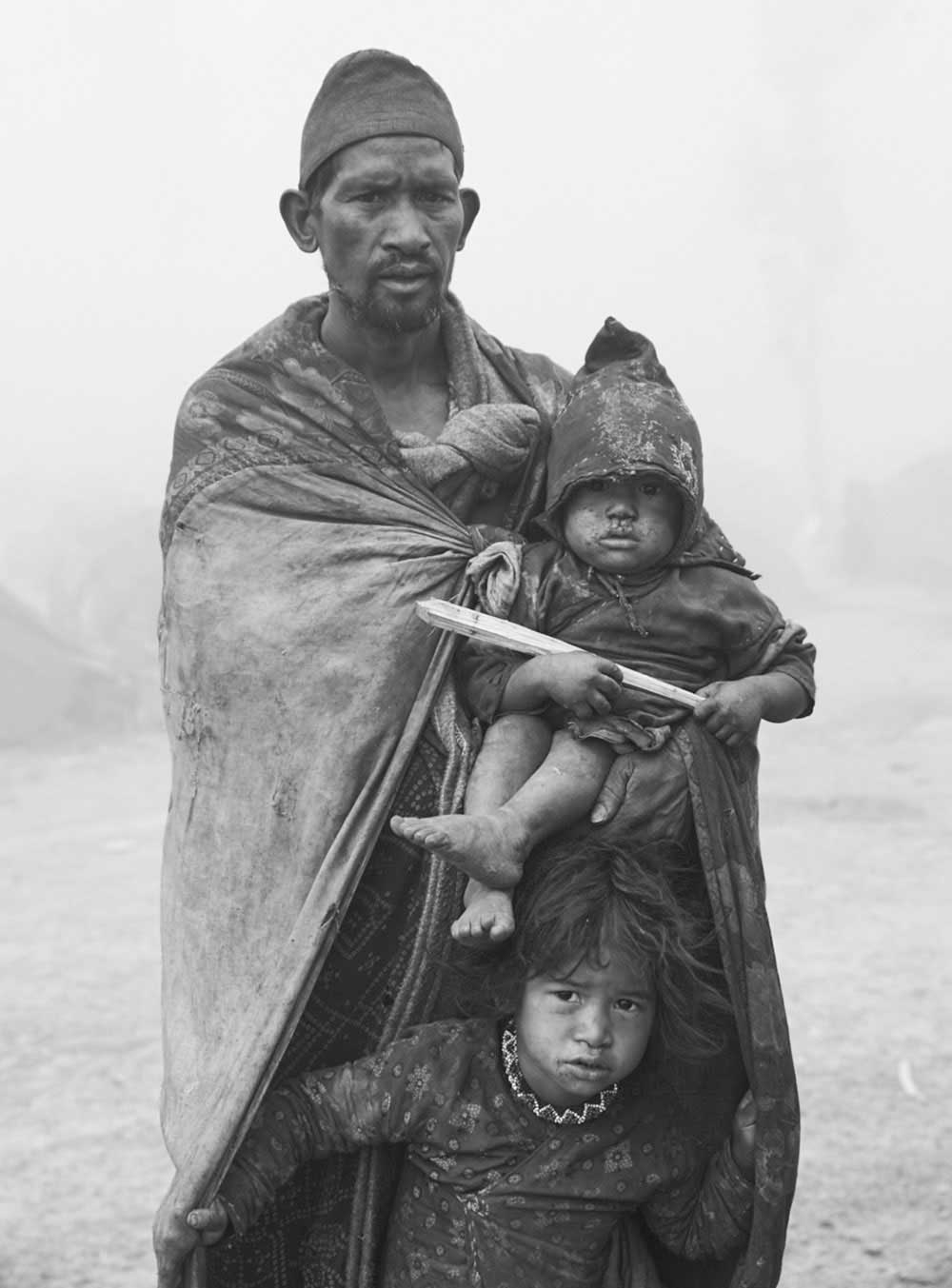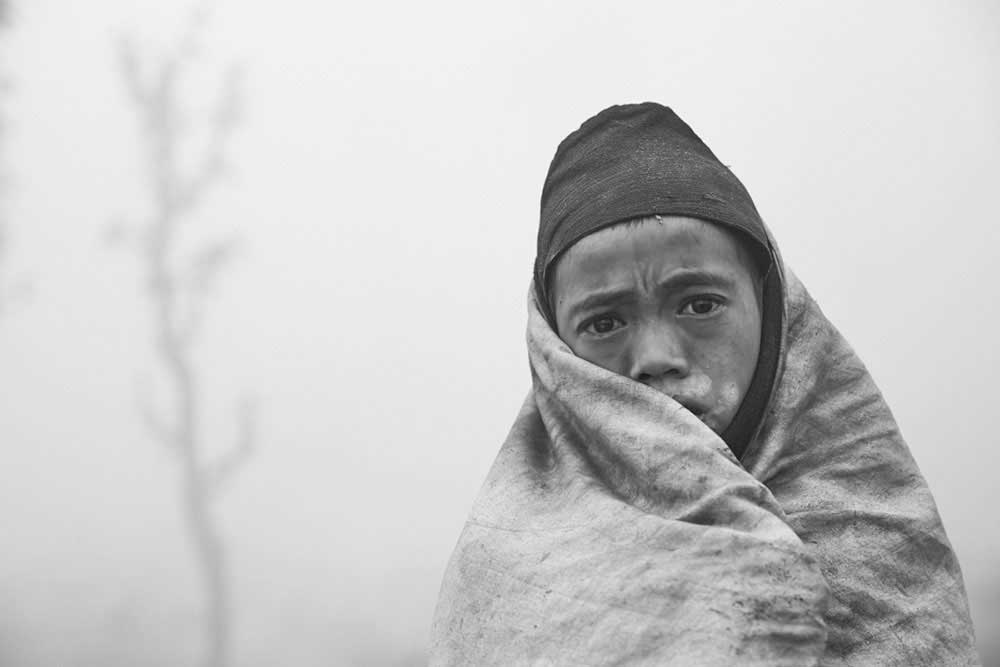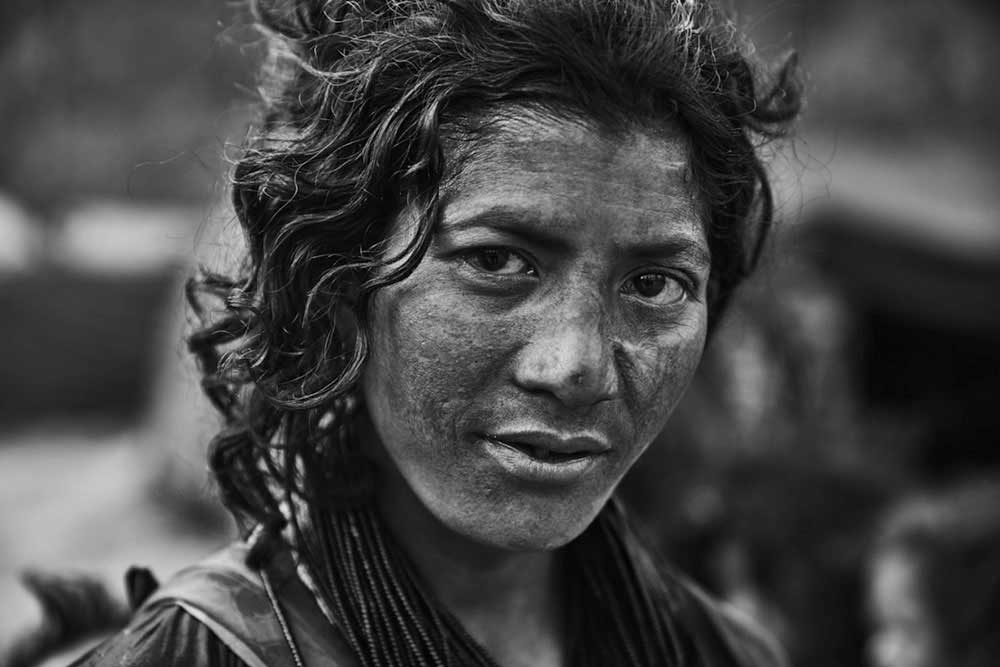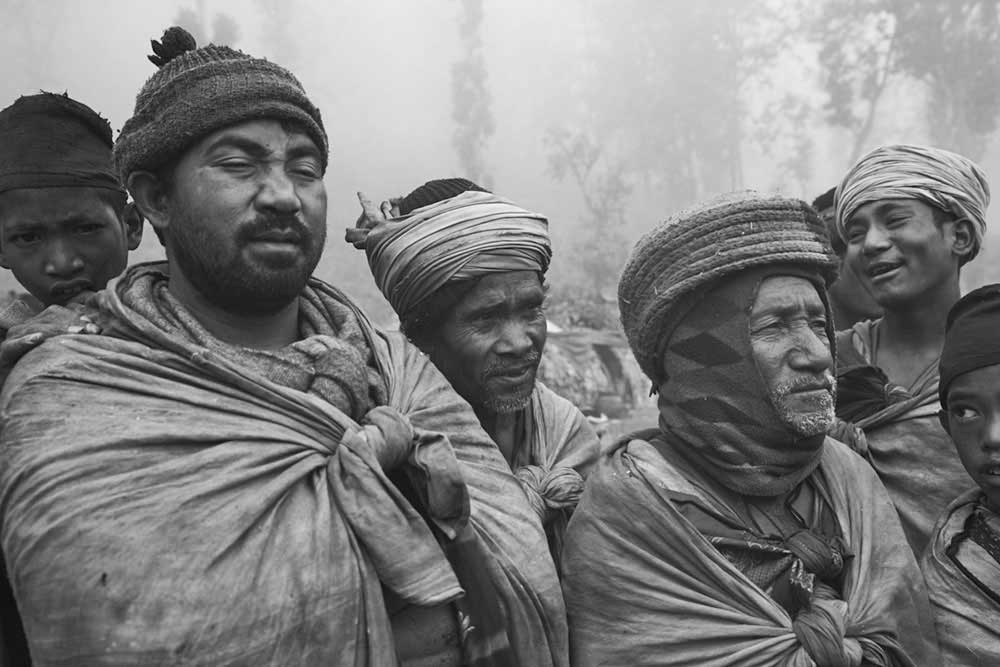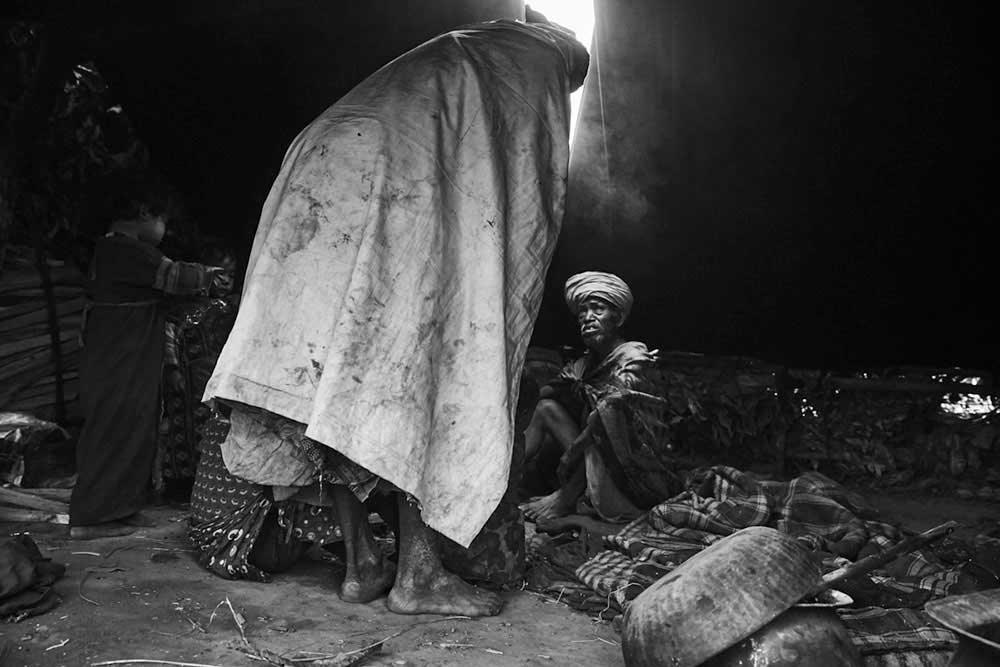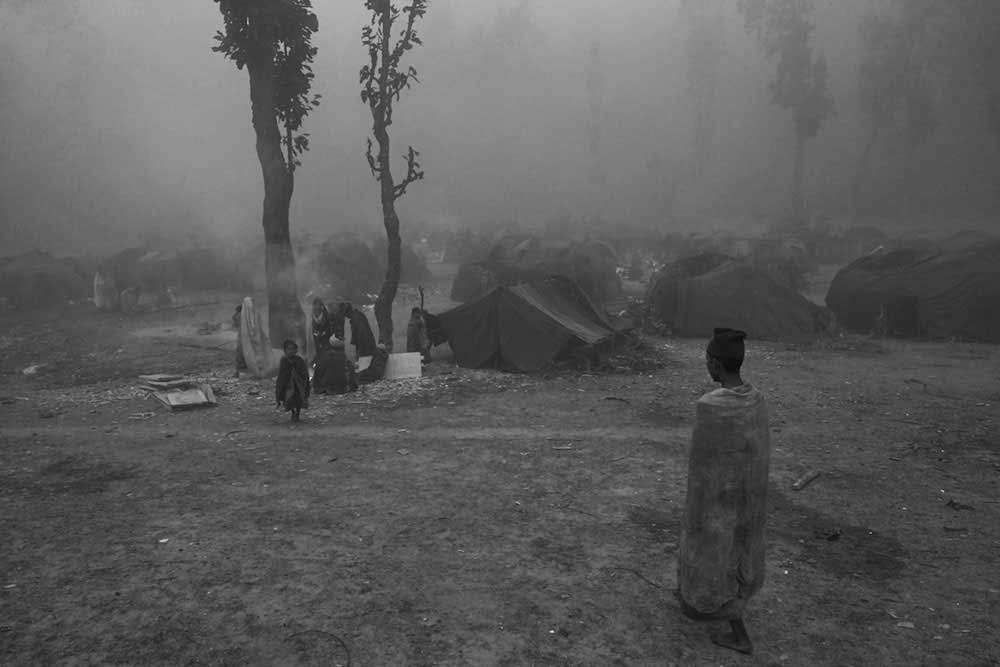The nomadic Rautes are the last hunter-gatherers of the Himalayas. The Rautes, who call themselves Kings of Forests, subsist on langur and macaque monkeys, wild yams, rice and a few kinds of vegetables traded from local farmers.
Their main occupation is to trade and exchange of wooden items in nearby villages and bazaars. They migrate from river valleys up to middle hills in the Western parts of Nepal living in temporary camps hidden away from the villages in remote parts of the forests.
The nomadic Rautes belong to nowhere and everywhere, and they have their own language, culture and beliefs. The Rautes believe in the sun god Berh that represents eternity. The Rautes has managed to avoid forcible assimilation and have not settled in villages and adopted Hindu beliefs and practices. Rather they continue their traditional life travelling through the forests of Western Nepal. The Rautes continue to maintain a certain degree of secrecy and avoidance towards assimilation in order to keep their identity and to survive as a distinct community. Today, the nomadic Rautes total around 156 people.
About Jan Møller Hansen
Having lived in Nepal for more than seven years and speaking Nepali, Jan Møller Hansen has documented the lives of the last nomadic hunter-gatherers of the Himalayas. The Rautes, known as the Kings of Forest, migrate from river valleys up to middle hills in the Western parts of Nepal living in temporary camps hidden away from the villages in remote parts of the forest. The Rautes believe in the Sun God Berh, and eat the meat of langur and macaque monkeys – a controversial choice in the Hindu-dominated country of Nepal, where monkeys are considered to be the reincarnation of the God Hanuman. As one of the world’s last enduring nomadic tribes, the Rautes resist attempts by the Nepalese Government, NGOs and development agencies to move them into permanent settlements in order to keep their unique identity, culture, language, belief and way of living. The survival of the tribe is also becoming increasingly difficult with the impact of deforestation, climate change, pollution and urbanisation. [Official Website]
















